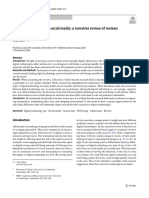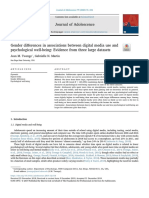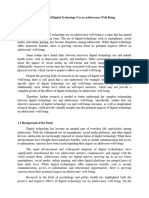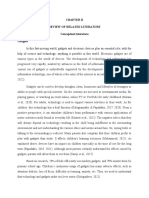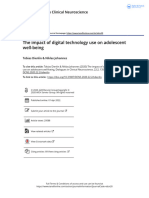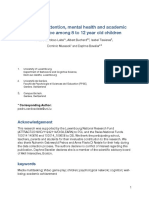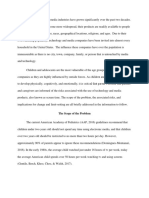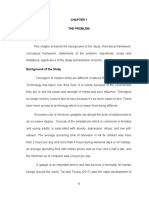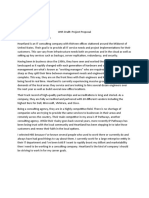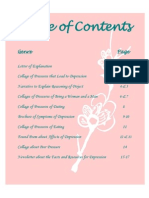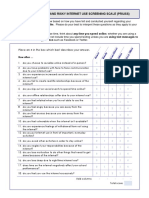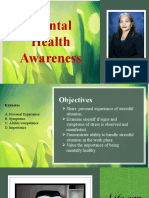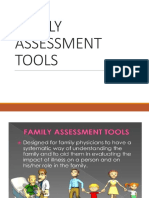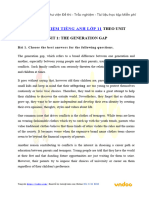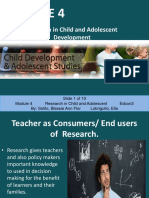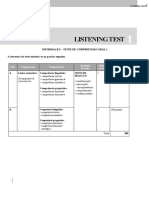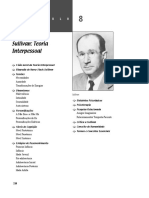0% found this document useful (0 votes)
90 views19 pagesTechnical Report Research
The study analyzed data from over 120,000 English adolescents to test the relationships between digital screen time and mental well-being. It found quadratic (curved) relationships rather than direct proportional relationships as predicted by the "displacement hypothesis". Moderate use of digital technology was not found to be intrinsically harmful and may even be advantageous, while very high use was associated with lower well-being. The findings suggest digital screen time has different impacts depending on activity and day of the week. The study provides empirical evidence for defining moderate engagement levels that are optimal for well-being in adolescents.
Uploaded by
tobygamer93Copyright
© © All Rights Reserved
We take content rights seriously. If you suspect this is your content, claim it here.
Available Formats
Download as PDF, TXT or read online on Scribd
0% found this document useful (0 votes)
90 views19 pagesTechnical Report Research
The study analyzed data from over 120,000 English adolescents to test the relationships between digital screen time and mental well-being. It found quadratic (curved) relationships rather than direct proportional relationships as predicted by the "displacement hypothesis". Moderate use of digital technology was not found to be intrinsically harmful and may even be advantageous, while very high use was associated with lower well-being. The findings suggest digital screen time has different impacts depending on activity and day of the week. The study provides empirical evidence for defining moderate engagement levels that are optimal for well-being in adolescents.
Uploaded by
tobygamer93Copyright
© © All Rights Reserved
We take content rights seriously. If you suspect this is your content, claim it here.
Available Formats
Download as PDF, TXT or read online on Scribd
/ 19












